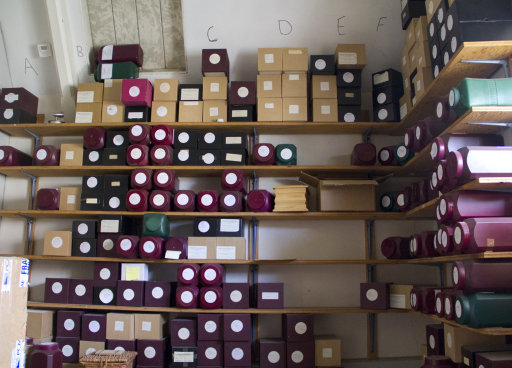The cost of death care can be crippling when you are already on the breadline. More Americans are searching for help with funeral expenses from social security, and funeral directors are finding themselves supporting families with social security financial aid claims.

What happens if the surviving family cannot afford to pay for a basic cremation disposition?
Who picks up the tab when no one has any money to pay? The costs are adding up for county Social Security departments and funeral providers. Most county welfare sections have some funds to defray funeral expenses for those on welfare and simply without money to cover funeral costs.
Costs vary depending on state and county but can usually be around the $500 mark, payable to a local funeral establishment to conduct a basic disposition on behalf of the family concerned. The question is – who wants to handle these funerals?
Some funeral businesses are already feeling the pinch, as they have to write off more debt to offset families unable to pay in full for services provided. So, more funeral homes are less willing to handle services for those families in need who are seeking low-cost services or financial help.
Even the ‘lump-sum death payment’ paid out from Social Security for a person who has worked long enough to be covered is only $255. Considering that an average funeral today costs $7,484 (NFDA), this amount does nothing to cover typical funeral costs.
So, local county social security departments are finding themselves handling more cases of unclaimed bodies. Someone may die in a hospital or in a nursing home, and no one comes forward to claim the body. The cheapest and most common method of dealing with these unclaimed bodies is for the county to arrange a direct cremation.
Each state and county may have its own arrangements for handling Social Service cremation/burial aid cases. Sometimes, funeral homes bid for the contract to provide this service to the county, and of course, the best ‘trade’ cremation price offered is likely to be the preferred contractor. Even Counties are finding their budget for welfare funeral aid stretched as they receive more requests for financial assistance for a funeral.
How Many Cremated Remains Go Unclaimed?

With a cremation rate at 60% and increasing, the level of unclaimed cremated remains is likely to increase. Over a decade ago in the U.S., when the cremation rate was under 40% nationally, it was reported that 1% of cremated remains were unclaimed. I could not find substantive data indicating a national figure for unclaimed cremated remains. But, it is undoubtedly on the increase. More families are opting for a low-cost direct cremation just to handle the disposition of a family member and have no inclination to incur additional costs for a cremation urn or interment.
The Cremation Association of North America estimates that there are presently 2 million unclaimed cremated remains in the U.S.
How are Funeral Homes & State Funeral Boards Adapting to the Increase in Unclaimed Cremated Remains?

The principal change to funeral licensing legislation is to add a new clause permitting a funeral home to dispose of unclaimed cremated remains after a specified period. This varies by state. In Massachusetts, for example, a funeral home can dispose of remains (in a dignified manner) after one year has elapsed.
In other states, funeral homes are adding a clause to their cremation authorization and disposition contract that states they have the right to disperse or interment unclaimed cremated remains after 90 days.
Counties are adopting other strategies to deal with unclaimed cremated remains. For example, the Cleveland County Department of Social Services, which now has a shelf of unclaimed ashes, is reporting building additional budget columbariums as ‘pauper graves.’
It is tragic that the economic downturn is leaving so many without the simple dignity of looking after their lost loved ones. Some are turning to body donation in a desperate attempt to obtain that promised “free cremation,” otherwise called a “no cost cremation.” But as with anything else in life…..nothing is ever free! The body donation programs are selective about what donors they can accept, especially if the practicalities of an application have not already been arranged.
Overweight donors are generally unaccepted, ruling out about 40% of the population. And that ‘free’ cremation may mean waiting to return the cremated remains. I have even heard instances of up to a year after the death occurred.
More budget and low-cost cremation providers are emerging to meet the need for cheap funerals, but this still means that a family needs between $500 and $1400 in most areas to meet these basic cremation costs.
For those who can, finding a low-cost cremation provider locally and setting aside the funds for a direct cremation in a POD or Totten account is probably a very good way to ensure a basic send-off when the time comes.
If you want to know where your nearest low-cost cremation provider is – contact us immediately.


